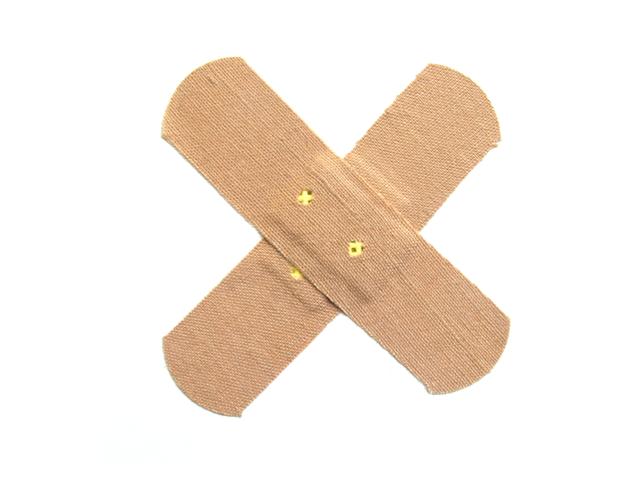|
 How do you get over that next day (or few days) soreness that cricket gives you? How do you get over that next day (or few days) soreness that cricket gives you?
I'm thinking about it especially today because, until now, my team have been good enough to bowl sides out well inside the allotted 50 overs. But this weekend it took the full overs to get the runs and my keeping legs have been feeling the strain.
It's not just annoying to walk around at work feeling stiff on a Monday either.
Players who play twice a week end up doing poorly in their second game because their body has not recovered from the first.
Fortunately, 'recovery' is a well research part of sport, especially in professional country cricket where intense games come thick and fast.
Here are some of the simpler methods of getting back on track quickly:
1. Compression tights
Research has show that tights increase the flow of blood to muscles in the legs, and more blood means more oxygen which leads to a quicker recovery. The anecdotal reports of players in professional county cricket back this up.
Most professional strength coaches in cricket insist players put on a pair as soon as possible after play or coming off from batting or fielding. There is nothing to stop you doing the same.
2. Foam rolling
As we have discussed before, foam rolling is a fast and easy way to relax the fascia around muscles and reduce the minor inflammation that comes off the back of a cricket match.
You may have to experiment to find the perfect routine for you, but I find 5 minutes of foam rolling on the morning of a match, followed by a longer session the day after works to reduce soreness and improve range of motion in my joints.
It's also excellent when used as a warm up for a 'blood flow' workout (see number 3).
3. Increasing blood flow
Like we talked about with compression tights, one really effective way to improve recovery is to increase the flow of blood to muscles.
By far the easiest way to do this is by working those muscles with simple exercises the morning after play. Just moving your body is enough to get the heart rate up and more blood round the body.
You can walk, swim or go for a bike ride. You can do a light bodyweight workout which is especially good if you have injury problems and want to do some preventative exercise. The point is; get moving.
4. Sleeping
We all know we should get plenty of sleep but how many of us get enough every night?
But we should, because sleep is an incredible recovery tool. Put simply, the more we get the faster we recover.
And while nobody really knows what 'enough' sleep is (8 hours is a good rule of thumb but far from accurate for everyone), experts do agree that while you sleep your muscles get to work repairing themselves at a tremendous rate.
So the more time you can spend in that state the better. Plus it gives you a good excuse for a bit of a lie in. What's not to like?
5. Eating
Another overlooked recovery method is eating. A lot of cricketers think that 'carbing up' after a game is all you need to do but it's actually about 'nutrienting up'
(I know nutrienting isn't a word, but you get my drift.)
After a game your body needs fuel to start repairing damage. Yes, carbohydrates are an important part of that but so are fats, protein, vitamins and minerals.
Get a good 'post workout' drink in as fast as possible after straining in the field. It doesn't have to be an expensive powder either. Chocolate milk works brilliantly and even a post-match pint of beer has been show to aid recovery.
Other than that, it's all about eating natural, unprocessed, whole foods including lots of fruit and vegetables. A bit like this.
Will these 5 tips stop all post-match soreness?
No, nothing can do that, but a few simple tricks can make a big difference and allow you to play better in more games for longer in your cricket career.
Discuss this article with other subscribers
|

.jpg)




.jpg)


